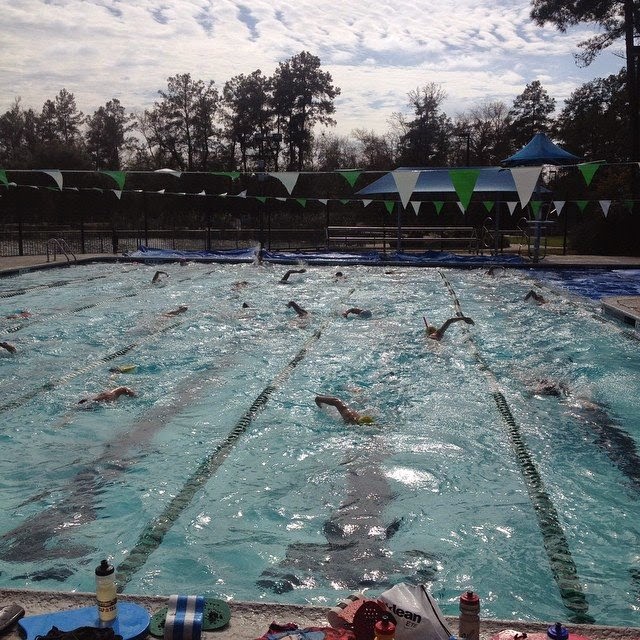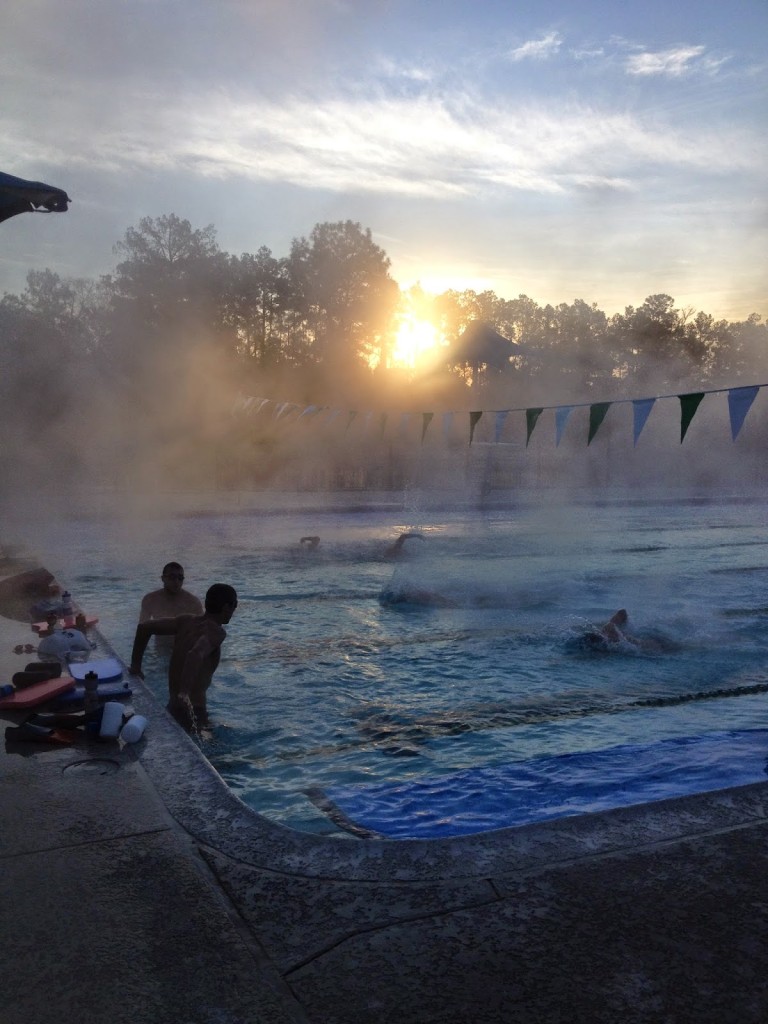There are plenty of triathlon coaches who coach swimming, and swim coaches who coach triathletes, but Tim Floyd of Magnolia Masters occupies a unique and specialized niche as a triathlon swim coach. He has made a careful study of the most effective methods to apply to triathletes of all levels. He has enjoyed great success with beginners, weekend warriors and professionals alike, who all share the pool at Magnolia Masters practices. Many aspects of Tim’s coaching philosophy differ markedly from the prevailing dogma of triathlon swimming.
Coach Tim reached out to me after seeing my “critique my swim” thread on Slowtwitch.com last January. I was a solid swimmer as an age group triathlete, but I knew that my swimming would be a liability when I stepped up to the pro level last year. He quickly convinced me that he could help me improve, even though we were a country apart in Ontario and Texas.
Tim is able to accomplish a lot via remote coaching with daily communication. However, he is the first to admit that there is no substitute for being on deck. This January, he invited me to his base in The Woodlands, Texas for a month-long swim training camp with several other pro triathletes. Sharing lanes with three Ironman Champions and a repeat US Open Water Swimming Champion, and swimming up to 10 practices and 43,000 yards per week made for an inspiring, humbling and productive month.
Read on for some key lessons I learned over the past year with Magnolia Masters, punctuated by some quotes from Coach Tim, and photos and videos from the camp. There’s also a word on my progress at the end.

Technique and training are inseparable.
A commonly held view among triathletes seems to be that “technique” and “training” are independent components of swimming that can be developed in isolation. When I first began working with Tim, I was hopeful that he would identify a few technical flaws, assign a few drills, wave his magic wand and I would be a front pack swimmer in no time flat… If only it worked that way.
Tim certainly does stroke analysis sessions and provides technical pointers from the deck at every practice, but his use of direct stroke correction and drills is targeted and sparse. Tim drives efficiency into the stroke primarily through a heavy emphasis on short, high intensity repeats which condition the swimmer to hold “technique under load”. There’s no escaping a lot of hard work.
“In my experience with the triathlon community, the great misconception is that technique and training exist independent of one another. They don’t. They compliment one another and build off of each other. Many times a swimmer will not be able to implement efficient technique without proper training and without very efficient technique it can be difficult to achieve the levels of training needed to be competitive without injury.”
– Coach Tim
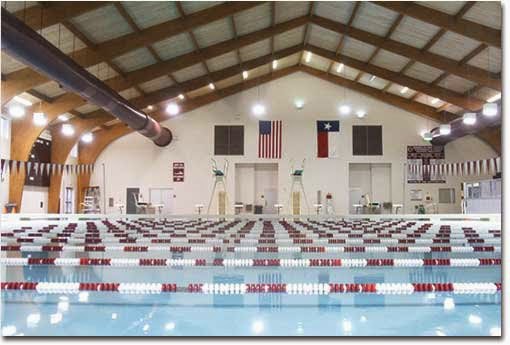
Keep repeats short and sweet.
Magnolia Masters practices emphasize short, high intensity repeats, usually 25-100 yards/meters. In fact, outside of races, I can count on one hand the number of times I’ve swum more than 200 hard without stopping. Every practice incorporates a least a little fast swimming. This approach contrasts with that of many triathlon swimmers and coaches, who often consider long, steady intervals necessary to prepare for a 750 to 3860 meter swim.
Tim makes extensive use of a training technique known as ultra-short race-pace training (USRPT) adapted to triathletes, which he outlines here. A standard set is 15-30 × 100 holding a precise pace on a pace time that provides no more than 20 seconds rest. Typically, if you miss the hold pace once, you sit out the following repeat then resume the set. Miss a second one and the remainder of the set becomes active recovery.
“Within swimming, there are two general ways to get swim efficiency. You can either swim a lot of volume (most programs for distance swimmers are more than 85k a week) or you can swim shorter distances at very high intensities. . . . The only real option [for triathletes] was to have very high intensity workouts with an emphasis on technique and pushing technique into the stroke at every possible opportunity. You can do drill work all you want, but if you aren’t working to apply that technique ‘under load’ in a workout you will not see any improvement. The big gains in stroke efficiency occur when you are fatigued and you have the mental discipline to hold technique together.”
– Coach Tim
The pace clock is your power meter.
Triathletes as a whole have generally embraced the use of data and technology applied to running and cycling, but this data-driven approach doesn’t always extend to swimming. With Magnolia Masters, every set is precisely structured and every repeat is quantified using the pace clock. Each swimmer’s times are recorded and analyzed for signs of fatigue and changes in fitness in much the same way that power meters have become an indispensable tool for cyclists.
To dive even deeper into the data, Tim recently purchased a “power rack” for the team. Swimmers are tethered to the device, which pays out a length of cord applying progressively greater resistance. Power and speed are sampled at a high enough frequency to detect fluctuations throughout the stroke cycle. Swimmers of all levels were tested during the camp, from beginners to front pack professionals. Among other applications, this library of data will quantify the relationship between power and efficiency that corresponds to different levels of performance (e.g., a front pack pro, a sub-hour Ironman swim, etc.).
“In the pool, the pace clock is your power meter.”
– Coach Tim
“It’s fucking science.”
– Swim leading Ironman pro, Balazs Csoke, on the new power rack.
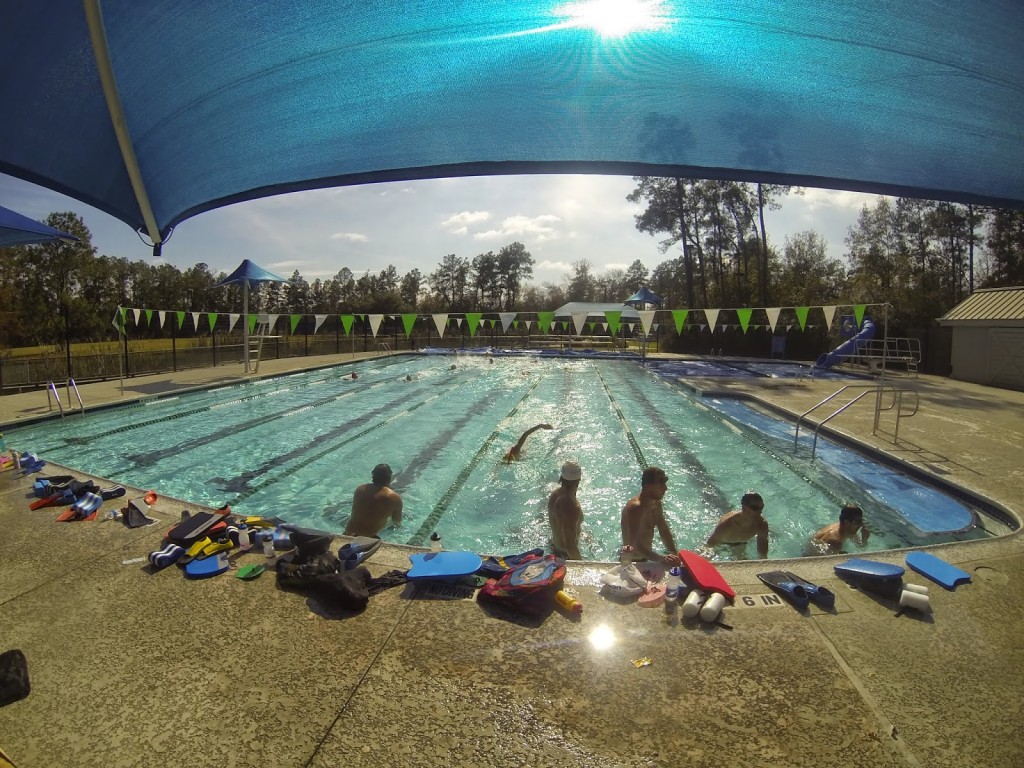
Focus on every single stroke.
It’s taken me a long time to grasp that swimming is fundamentally different than triathlon’s other two disciplines, at least for those without an extensive swimming background. I can’t afford to zone out like I can while running and cycling. I need to be present and focused every minute to make progress. My best and hardest sessions are equally mentally and physically taxing.
“The thing about swimming is that the training is different than biking and running. All of them are physically and mentally demanding in their own right, but with swimming you have to be present. And if you want to make improvements, you have to be present for every stroke. In a tough program, maintaining the level of mental discipline needed day after day and practice after practice is a another skill set that needs to be cultivated. Swimming well becomes much more a mental struggle than a physical one. There is no tuning out and mindlessly getting in yardage.”
– Coach Tim
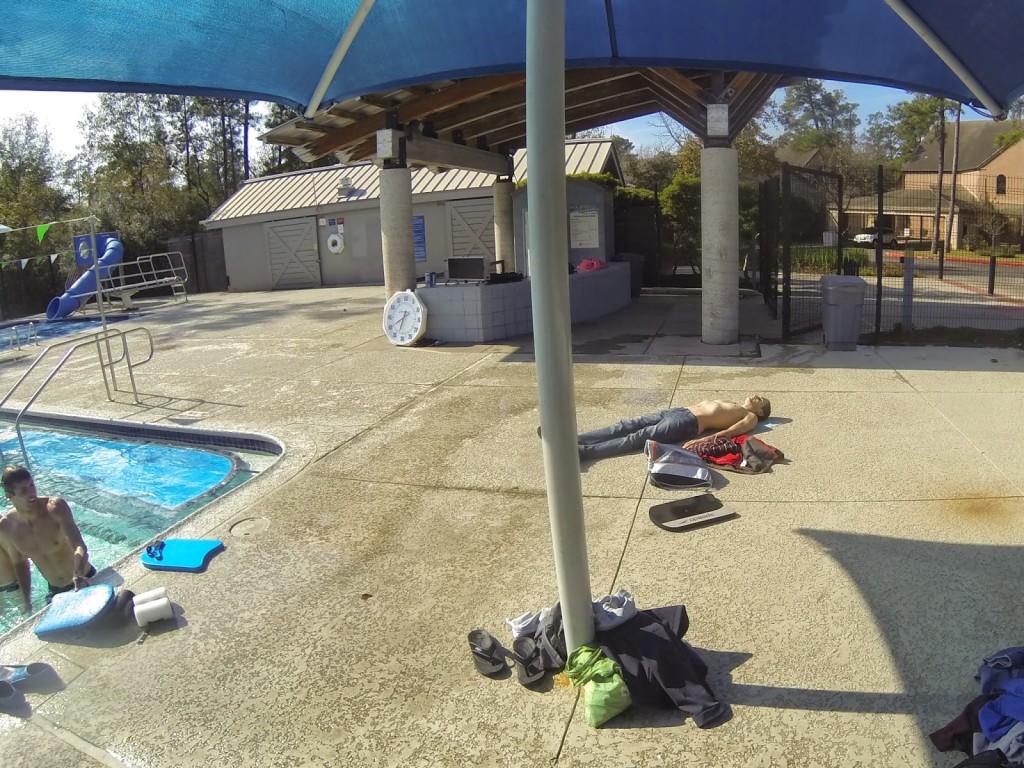
The more the merrier.
I’m quite happy to put in long hours running and cycling with only my thoughts for company. I pride myself in my ability to push really hard when no one else is watching. Even so, the presence of other swimmers and a coach on deck has a remarkable effect on my swimming. Tim estimates that swimming alone costs his remote athletes about 5-10% of their potential performance if they swam with the team on a regular basis.
Part of this benefit is the camaraderie and friendly rivalry of the team atmosphere. The coach also deserves a lot of credit. As you are gasping on the wall between repeats, Tim has a masterful ability to deliver the perfect word of encouragement, kick in the pants, or sometimes just a meaningful look that motivates you to get the most out of yourself.
“While swimming and triathlon are both individual sports, the best way to achieve great results is on a team and a team with a very particular culture. It needs to be focused, disciplined, supportive, honest, fun and genuine. As the coach, this is something that I cultivate on a very exacting basis. All the pros that are attending this camp have very clear cut goals as to why they are here, why they are pro triathletes and are very driven to achieve those goals. When you assemble a group like that in a very precise environment magic can happen.”
– Coach Tim

My progress
When I began working with Magnolia Masters one year ago, my all-out 100 yard sprint from a push was 1:05. By the first week of camp, I was holding ~1:05 for long sets (e.g., 20 × 100 @ 1:25) and sprinting ~1:01. By the end of the camp, I was holding 1:02-3 for long sets and sprinting :59. This still puts me a few seconds per 100 behind the top swimmers in long course triathlon (like campers John Kenny and Balazs Csoke), but with continued hard work, I should be within striking distance of typical front pro packs.
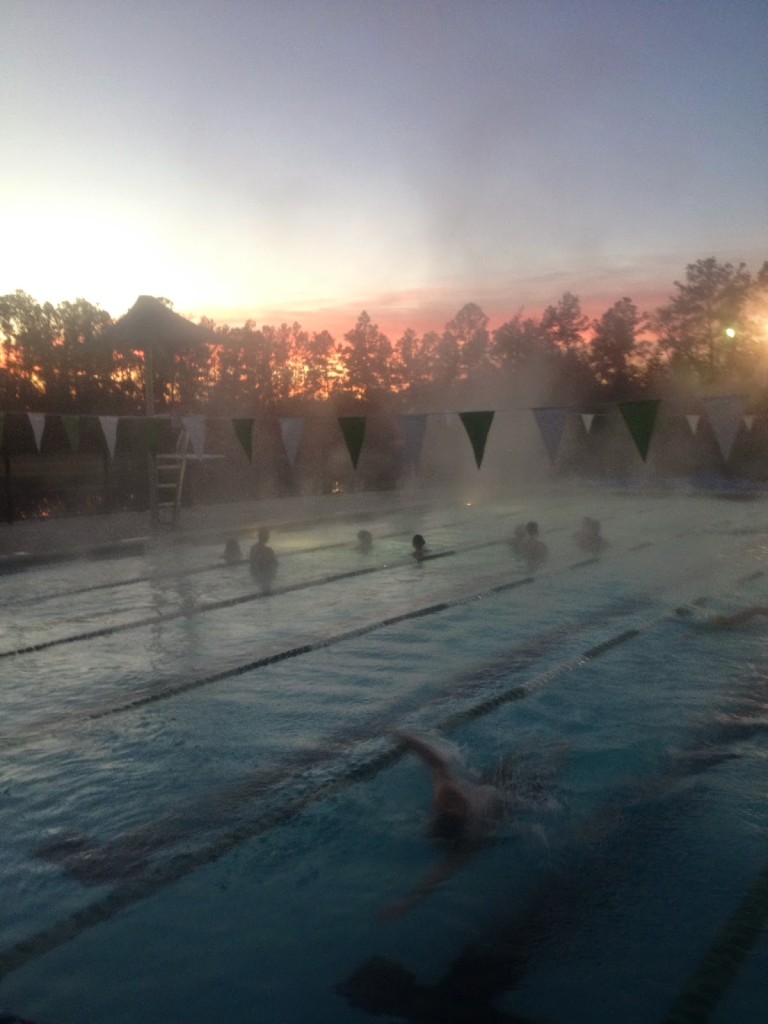
For more insight into the Magnolia Masters approach, check out Coach Tim’s daily camp updates and the team’s Facebook page. One of the campers, Justin Daerr also interviewed Tim for an excellent podcast with Endurance Corner.
Thank you to the people and organizations who made the camp such a success, including:
- Coach Tim Floyd for giving his time and expertise so generously
- Coach David Tilbury-Davis, who works closely with Tim to coach a small roster of pro triathletes
- My friendly homestay hosts, Bryan and Jennifer
- Ruddock Visuals for an action-packed photo shoot
- Bicycle Speed Shop in Houston for a killer bike fit
- Sterling Ridge Orthopedics for a range of motion assessment
- Vorgee Canada for dependable swim equipment
- Alternative Health Center of The Woodlands
- Campers Matt Hanson, Balazs Csoke, John Kenny, Justin Daerr, Liz Baugher, Aubrey Aldy, Caitlin Standifer and Ruth Brennan Morrey
Please join the conversation about this post on Facebook, Twitter or in the comments below.
